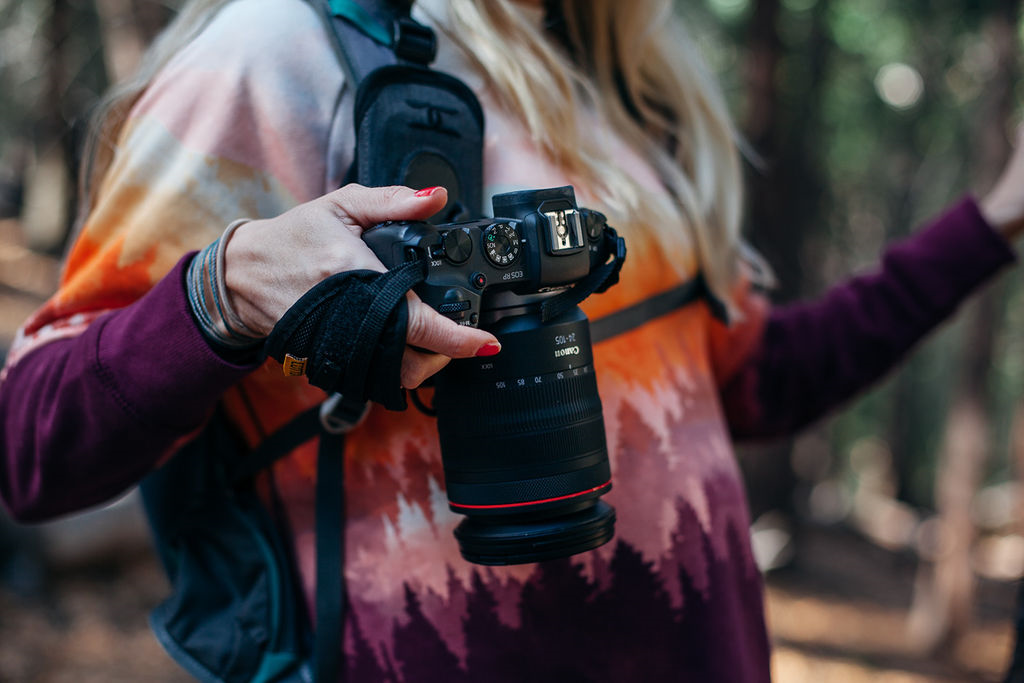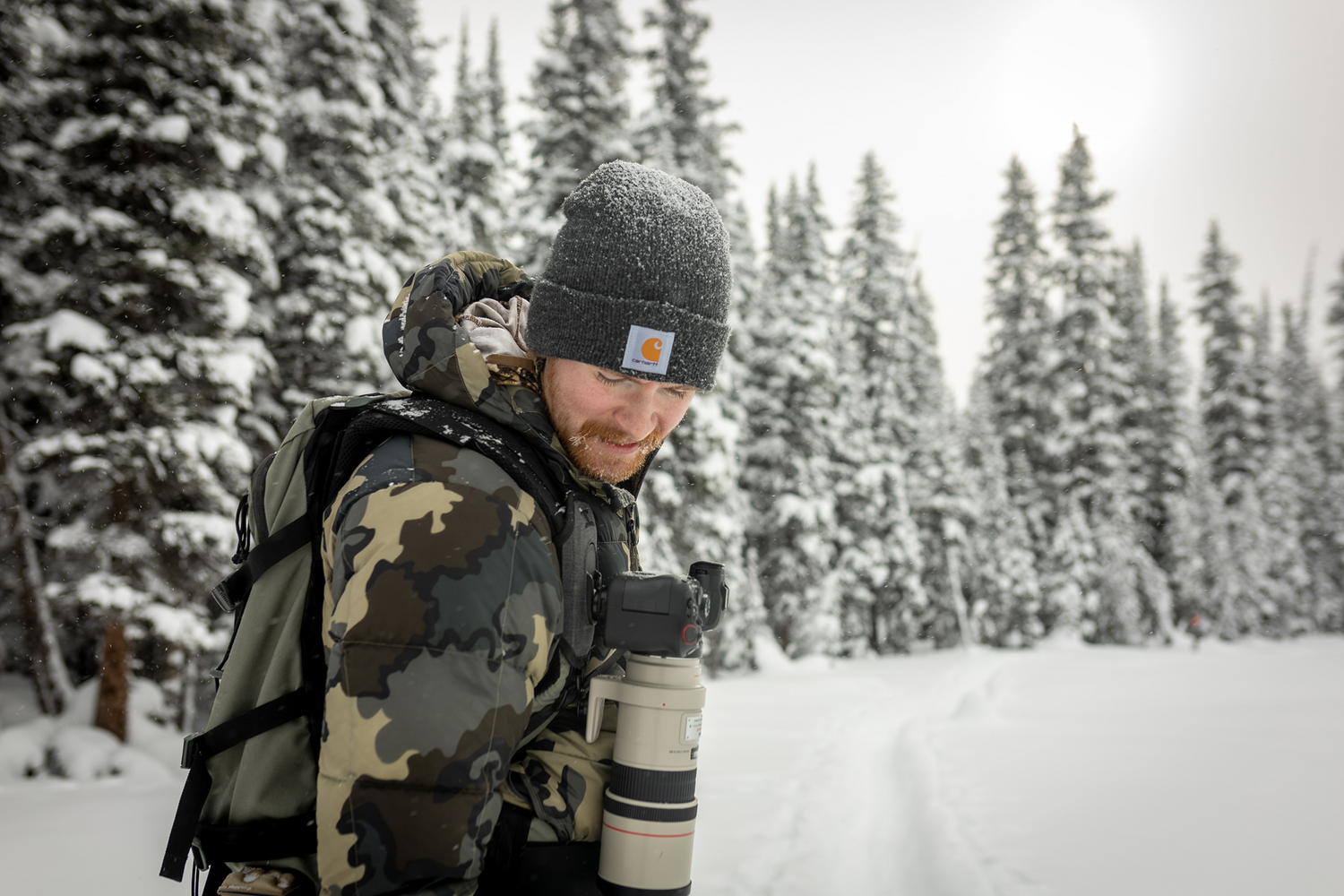Whether you're paddling through serene waters at sunrise or navigating a river teeming with wildlife, being out on the water in a kayak or canoe offers a unique opportunity to capture some incredible photographs. The peaceful environment, ever-changing light, and proximity to nature make boating the perfect backdrop for photographers of all skill levels. However, taking photos while balancing in a small boat can be tricky. In this blog, we’ll explore practical tips and techniques to ensure you get the best possible shots while keeping your gear safe and dry.
1. Safety First: Protecting Yourself
While it's easy to get caught up in trying to get that perfect shot, your safety must always come first. Photography from a kayak or canoe introduces risks that aren’t present in more controlled environments. Here are essential safety tips to keep in mind:
-
Wear a Life Jacket (PFD): No matter how calm the water seems, always wear a personal flotation device (PFD). Even experienced paddlers can face unexpected accidents like capsizing. Your life jacket will keep you afloat in case of emergencies, and modern designs won’t interfere with paddling or photography.
-
Keep Your Balance: Kayaks and canoes are notoriously tippy, especially when trying to focus on shooting photos. When you're shifting positions to capture a shot, make slow, deliberate movements. Try to avoid sudden movements that could destabilize the boat. If you're wearing your camera, having it attached securely can help reduce the temptation to make sudden grabs for it, which could throw you off balance.
-
Be Aware of Your Surroundings: Always keep an eye on the water conditions, weather, and nearby obstacles. A beautiful shot of a bird might tempt you to focus solely on your camera, but pay attention to strong currents, waves, or approaching boats. It’s always best to pause your paddling in a safe spot before snapping photos, especially in faster-moving rivers or windy conditions.
-
Check the Weather: Before heading out, check the weather forecast and be prepared for sudden changes. Wind and storms can create challenging conditions for boating, so it's important to stay mindful of the weather to ensure a safe and enjoyable experience while focusing on your photography.
-
Buddy System: If possible, don’t go alone. Having a fellow paddler nearby not only adds to the fun but also provides extra safety. They can help you stabilize the boat when you’re focusing on photography and offer assistance if needed.
2. Camera Gear Protection
Once you’ve ensured your own safety, it’s time to think about protecting your camera gear. Water and electronics don’t mix well, so it's essential to safeguard your equipment while on the water.
-
Waterproof Protection: Invest in waterproof or splash-proof cases for your camera. Dry bags are also essential for storing your camera when not in use, and they provide peace of mind if your kayak or canoe takes on water.
-
Lens Care: Keep a microfiber cloth handy to wipe off any splashes from the lens. Water droplets can create unwanted blurs and distortions in your photos.
-
Use a Camera Vest: For easy access to your camera and to minimize the risk of dropping it into the water, a camera vest is a lifesaver. Our G3 Harness is a great option for photographers on the water, as it secures your camera to your chest. This leaves your hands free for paddling and makes it easy to quickly bring your camera up when the perfect shot arises.
3. Staying Steady for the Perfect Shot
One of the toughest parts about shooting from a kayak or canoe is managing the instability of the boat. Waves, wind, and even slight shifts in your body weight can make it difficult to keep your camera steady.
-
Use a Wide-Angle Lens: A wide-angle lens captures more of the scene and can help reduce the effects of camera shake. Additionally, it’s more forgiving when it comes to framing shots quickly in unpredictable conditions.
-
Brace Yourself: Use your paddle as a stabilizer. Place the paddle across your lap or against the boat’s edge to create a steadying point. Tucking your elbows into your body while holding the camera can also help minimize movement.
-
Stay in Calm Water: If you can, choose calm sections of water to take photos. Small waves or ripples can shift the boat, making it harder to get a clear shot. If you’re paddling in choppy water, look for sheltered areas or eddies to pause and stabilize before shooting.
4. Selecting the Best Time and Place
The environment plays a crucial role in the outcome of your photos, and when you’re out on the water, light and weather conditions are constantly changing.
-
Shoot During Golden Hour: The soft light during the early morning or late afternoon is perfect for outdoor photography. The long shadows and warm hues add depth to your images, and the calmness of the water at these times often provides beautiful reflections.
-
Avoid Midday Sun: Harsh, direct sunlight around noon can result in unflattering shadows and overly bright spots in your images. If you're on the water during midday, use a polarizing filter to cut down on glare from the water.
-
Scout Scenic Locations: Whether you're paddling through mangroves, along a mountain lake, or down a river, plan your route based on the landscape and potential photo opportunities. Consider the colors and textures of the surroundings and how the water interacts with the scenery.
5. Camera Settings for Water Photography
Getting your camera settings right is essential to capturing crisp, dynamic shots on the water.
-
Fast Shutter Speed: With the boat in motion and the potential for wind or waves, using a fast shutter speed (1/500 or higher) can help ensure your shots are sharp and free of motion blur.
-
Narrow Aperture: For landscape shots, use a smaller aperture (higher f-stop) to increase the depth of field, keeping both the foreground and background in focus. This works well for scenic photos and capturing the vastness of your surroundings.
-
Autofocus for Moving Subjects: If you're photographing birds, fish, or other wildlife, use continuous autofocus to keep moving subjects sharp.
6. Composing Your Shots from the Water
Water offers unique composition opportunities, from reflections to wildlife. Here are some ideas to make your photos stand out:
-
Use the Rule of Thirds: Composition is just as important on the water. Position your subject off-center by using the rule of thirds, placing key elements of your shot (like the horizon or a bird in flight) along the intersections of a grid.
-
Capture Reflections: Calm water creates beautiful mirror-like reflections of the sky and landscape. Frame your shots to include both the reflection and the main subject for added symmetry and visual appeal.
-
Include Foreground Elements: Including elements like the bow of your kayak or a nearby tree in the foreground adds depth and interest to your images.
7. Wildlife Photography Tips
Paddling allows you to get up close and personal with wildlife, but capturing animals in their natural habitat requires patience and respect.
-
Approach Quietly: Paddle slowly and quietly to avoid startling wildlife. Use a zoom lens to capture close-ups without disturbing the animals or encroaching on their space.
-
Predict Movement: Observe the behavior of birds or animals before you start shooting. Understanding their patterns helps you anticipate their movements and capture action shots.
8. Post-Processing Your Photos
Once you're back on dry land, a little post-processing can enhance the beauty of your water photos:
-
Adjust Exposure and Contrast: Water can cause tricky lighting, so adjust the exposure to bring out details in shadows and highlights.
-
Boost Colors: If your images look a little dull, try gently boosting the saturation or vibrance to make the colors pop, but avoid overdoing it.
-
Crop for Better Composition: Don’t hesitate to crop out distractions or adjust the framing of your shot to improve composition after the fact.
Photographing from a kayak or canoe is a fantastic way to capture nature’s beauty from a fresh perspective. By prioritizing your own safety, protecting your camera gear, and mastering techniques to stabilize your shots, you’ll be well on your way to creating stunning on-the-water photographs.
Focus on getting the perfect shot with our professional camera harnesses!






